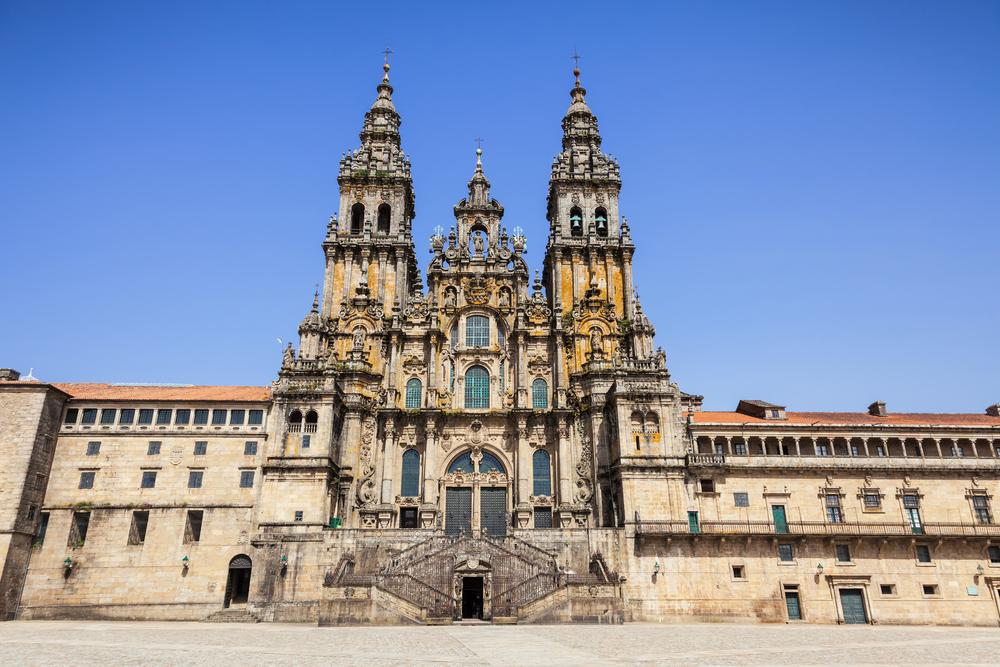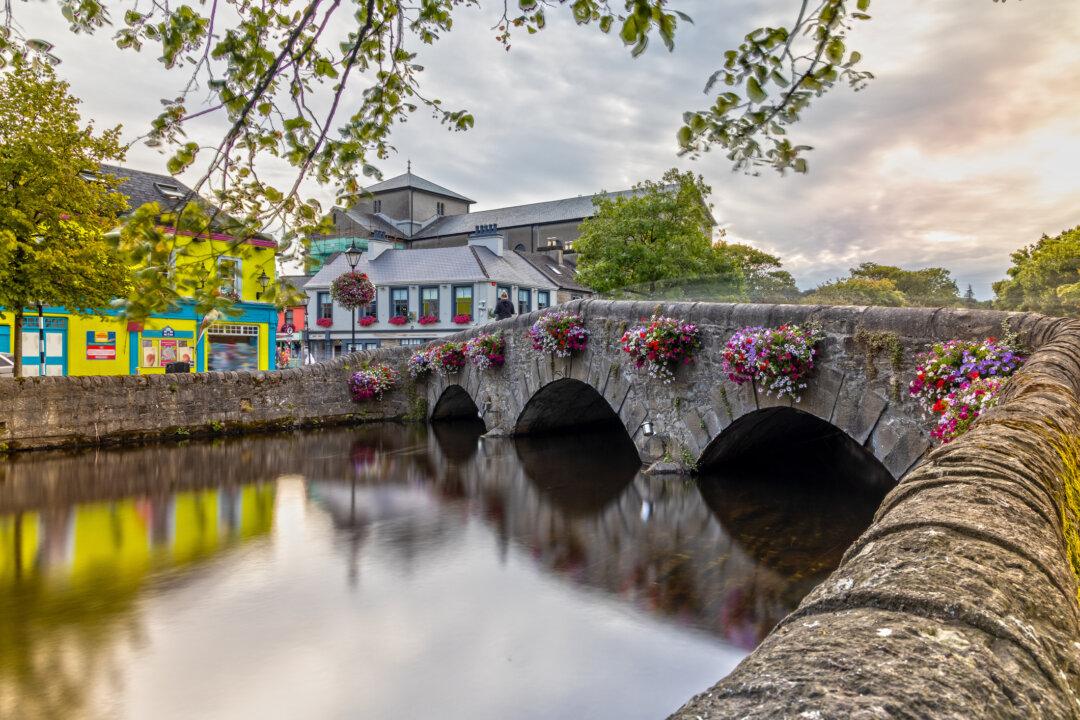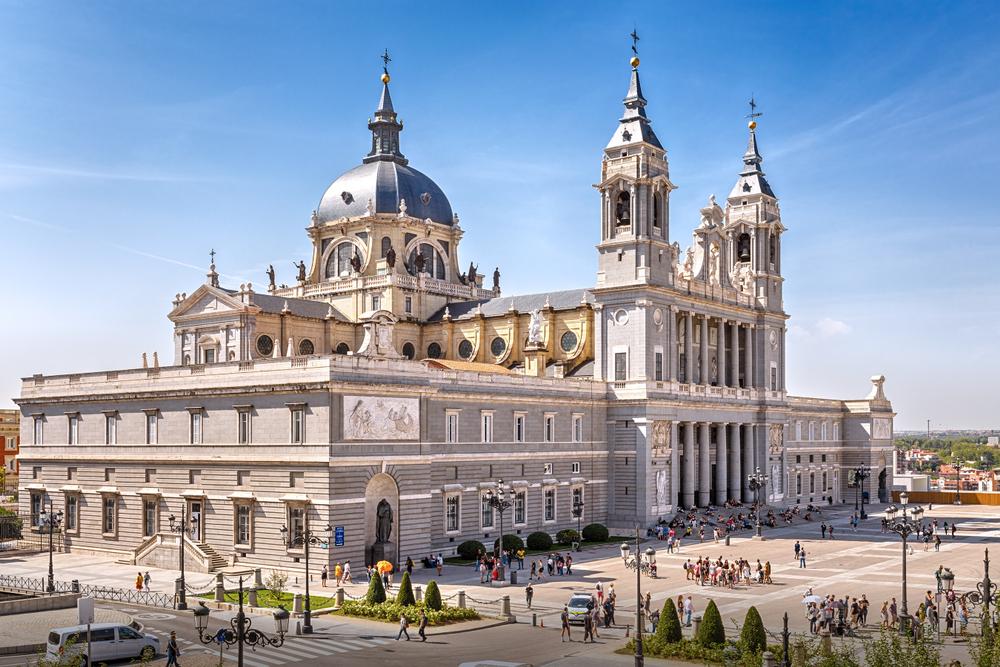The man walking across the Plaza de Obradoiro is dressed in an outfit quite unlike anything else my wife and I have ever seen before.
His broad-brimmed felt hat, which is turned up at the front, is decorated with a bright scallop shell. He is holding onto an eight-foot-long stave. The stave also has a scallop shell attached—plus a gourd tied to it at the top. He is wearing extraordinarily thick sandals. He is also wearing a long-hooded cloak that is decorated with three more scallop shells.






